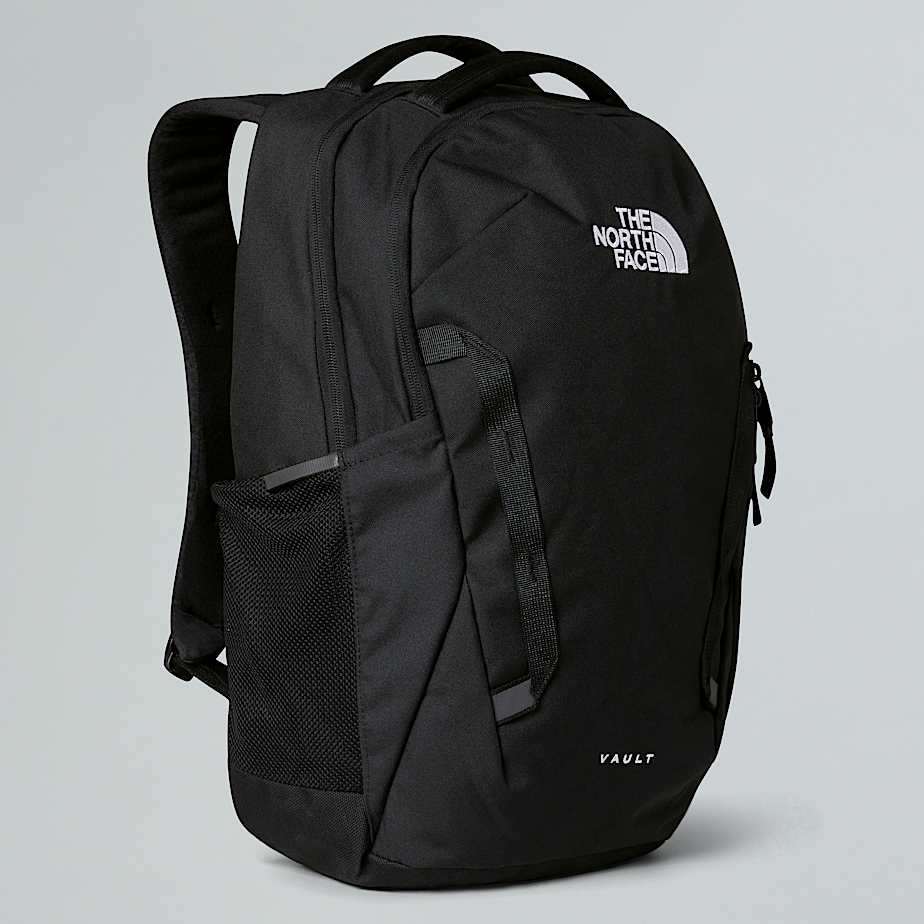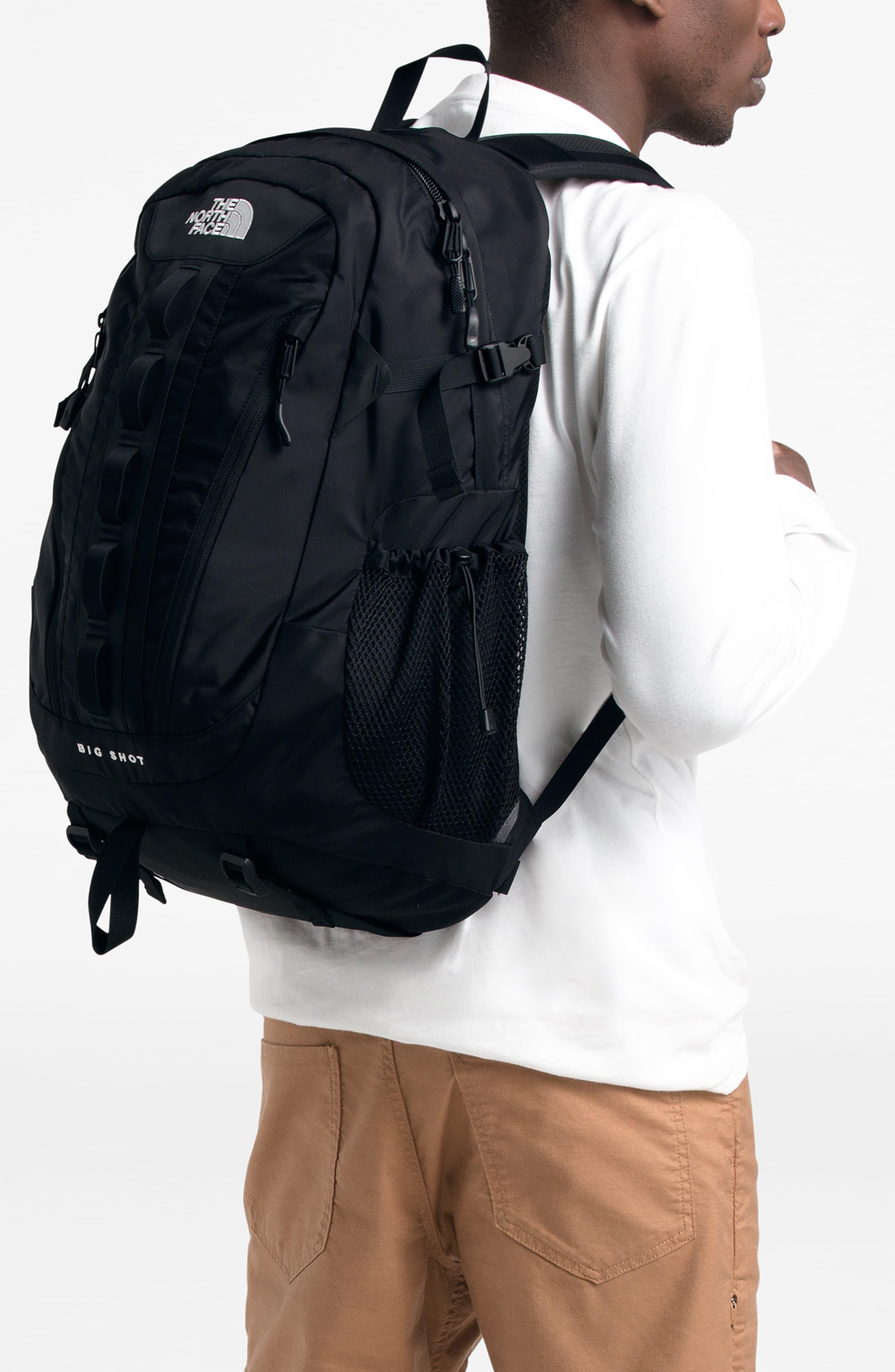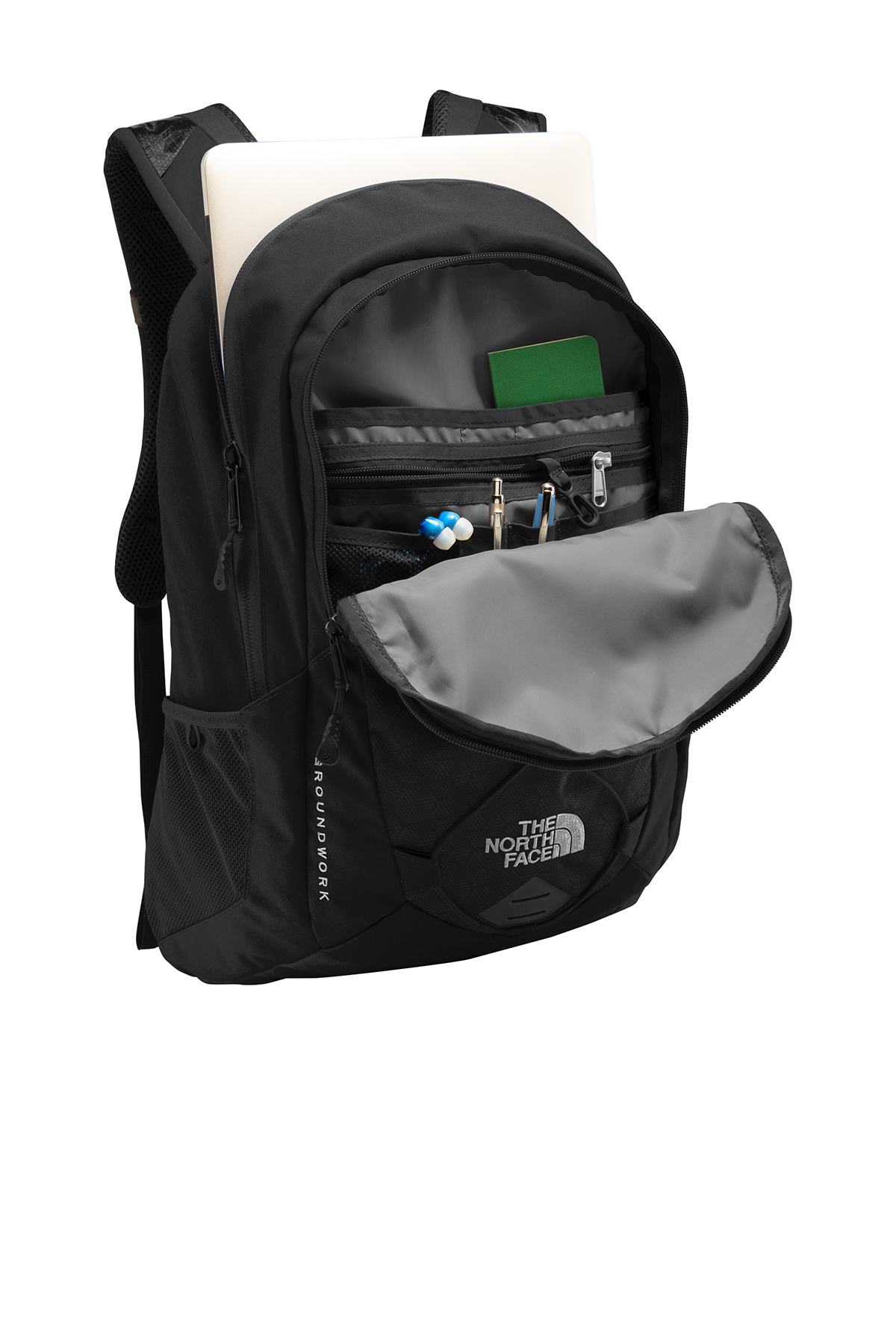Most North Face backpacks are manufactured in Asian countries, primarily Vietnam and China, with other production sites in Cambodia, Indonesia, and Bangladesh.

Table of Contents
- The Primary Manufacturing Hubs for The North Face
- Why Does The North Face Manufacture in Asia?
- How to Identify Your Backpack’s Country of Origin
- Does Manufacturing Location Affect Quality?
- The Shift Away from Traditional Craftsmanship
- Frequently Asked Questions About North Face Manufacturing

The Primary Manufacturing Hubs for The North Face
The North Face, a subsidiary of the VF Corporation, leverages a vast and complex global supply chain to produce its renowned outdoor gear. While the company was founded in San Francisco, its manufacturing operations have long been international. The production of its backpacks is concentrated in several key countries in Asia, each chosen for its specific strengths in textile manufacturing and assembly.

Understanding this distribution reveals a strategic approach to global production, balancing cost, skill, and logistics. The majority of consumers will find a “Made in Vietnam” or “Made in China” tag inside their backpacks.
Vietnam: A Key Production Center
In recent years, Vietnam has emerged as a dominant force in manufacturing for The North Face and many other global apparel and gear brands. The country offers a highly skilled workforce, particularly in technical sewing and synthetic fabric assembly, which is crucial for constructing durable and weather-resistant backpacks. Furthermore, favorable trade agreements and a robust industrial infrastructure have made Vietnam an attractive and reliable hub for large-scale production.
China: A Historical Manufacturing Powerhouse
For decades, China was the primary manufacturing base for countless multinational corporations, including The North Face. While some production has shifted to other countries to diversify the supply chain and manage costs, China remains a significant player. Its immense manufacturing capacity, advanced technology, and comprehensive raw material supply networks mean it continues to produce a substantial volume of North Face backpacks and other complex products that require specialized machinery and components.
Other Key Asian Countries
To ensure supply chain resilience and flexibility, VF Corporation also utilizes factories in other Asian nations. Countries like Cambodia, Indonesia, and Bangladesh play vital roles in the production ecosystem. These locations often handle specific product lines or components, contributing to the brand’s ability to meet massive global demand efficiently.
| Country | Primary Role in North Face Manufacturing |
|---|---|
| Vietnam | Leading producer of backpacks and technical apparel; skilled labor. |
| China | Major production hub; strong infrastructure and access to raw materials. |
| Indonesia | Significant manufacturing of apparel and footwear; growing production site. |
| Cambodia | Important for apparel and simpler bag assembly; cost-effective labor. |
| Bangladesh | A key center for garment and textile production. |
Why Does The North Face Manufacture in Asia?
The decision to base manufacturing primarily in Asia is not arbitrary. It is a calculated business strategy rooted in several key economic and logistical advantages that are difficult to replicate elsewhere on such a large scale.
Cost-Effectiveness and Labor
One of the most significant factors is the lower cost of labor compared to North America or Europe. This economic advantage allows The North Face to produce high-quality gear at a competitive price point for the mass market. The availability of a large, skilled workforce ready to be deployed in large-scale factory settings is a cornerstone of this model.
Manufacturing Infrastructure and Expertise
Asian countries, particularly Vietnam and China, have invested heavily in creating world-class manufacturing infrastructure. This includes state-of-the-art factories, efficient logistics networks, and a workforce with generations of experience in textiles, garment production, and complex assembly. These regions have become global centers of excellence for producing the very types of technical goods that The North Face specializes in.
Access to Materials and Components
The supply chain for modern technical gear is incredibly intricate. Zippers, buckles, high-performance synthetic fabrics, and specialized threads are often sourced from various suppliers. By manufacturing in Asia, The North Face positions its assembly plants in close proximity to the producers of these essential raw materials, reducing transportation costs, streamlining logistics, and accelerating production timelines.
How to Identify Your Backpack’s Country of Origin
For consumers curious about where their specific product was made, the answer is readily available. The North Face, like all international brands, is legally required to state the country of origin on its products.
Reading the “Made In” Tag
The most straightforward method is to look for the internal tag. Usually stitched into a seam inside the main compartment, this small fabric label will clearly state the country of manufacture, such as “Made in Vietnam” or “Fabriqué au Vietnam.” This is the most reliable indicator of your backpack’s origin.
Understanding Product Labels and Codes
In addition to the primary “Made In” tag, other labels may contain codes related to the specific factory, production batch, and date. While these internal codes are mainly for tracking and quality control, the country of origin will always be written out in plain language for consumer transparency.
Does Manufacturing Location Affect Quality?
A common question is whether a backpack made in one country is superior to one made in another. For a brand of The North Face’s scale, the answer is generally no. The quality is determined by the brand’s standards, not the factory’s location.
VF Corporation’s Global Quality Standards
VF Corporation imposes stringent quality control protocols across all its manufacturing facilities, regardless of country. These standards govern everything from the quality of the raw materials and the stitching precision to the final product inspection. Whether a backpack is assembled in Ho Chi Minh City or Qingdao, it must meet the same set of benchmarks before it can be shipped. This ensures a consistent and reliable product for consumers worldwide.
The Role of Design and Materials vs. Location
The ultimate durability and functionality of a North Face backpack are rooted in its design, engineering, and material selection—processes that occur at the corporate level. The brand specifies the exact fabrics (like Cordura or ripstop nylon), YKK zippers, and Duraflex buckles to be used. The manufacturing facility’s role is to execute this blueprint to specification. Therefore, the quality is embedded in the design long before assembly begins.
The Shift Away from Traditional Craftsmanship
The global manufacturing model employed by brands like The North Face is a marvel of efficiency, enabling the production of millions of reliable units. This industrial-scale approach, however, represents a departure from the heritage of traditional bag making, where an item is crafted from start to finish with an emphasis on longevity and timeless materials.
While global brands excel at standardized production, this model differs significantly from the world of artisanal craftsmanship. For those seeking a different kind of durability and a personal touch, handcrafted alternatives offer a compelling choice. At Beldura Leather, for instance, every full-grain leather backpack is meticulously constructed by skilled artisans. This approach creates a unique piece that develops a rich patina and character over time—a stark contrast to mass-produced nylon goods. A handcrafted leather bag is not just a utility item; it’s an investment in a piece that is built to last a lifetime and tell a story.
Frequently Asked Questions About North Face Manufacturing
Are any North Face products made in the USA?
While the company was founded in the USA and maintains its headquarters there, the vast majority of its products, including backpacks, are manufactured overseas. A small, premium collection called “Made in USA” is occasionally released, but these items are exceptions and not part of the main product line.
What is VF Corporation?
VF Corporation is the American parent company that owns The North Face. It is a global powerhouse in the apparel and footwear industry, also owning brands like Vans, Timberland, and Supreme. VF Corporation manages the complex supply chains for all its subsidiary brands.
How does The North Face ensure ethical production in its factories?
VF Corporation has a public commitment to ethical sourcing and responsible manufacturing. It maintains a set of Global Compliance Principles and regularly audits its suppliers’ factories to ensure they meet standards for fair labor practices, worker safety, and environmental responsibility. Information about these audits and principles is often available on the company’s corporate website.



